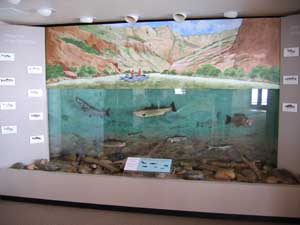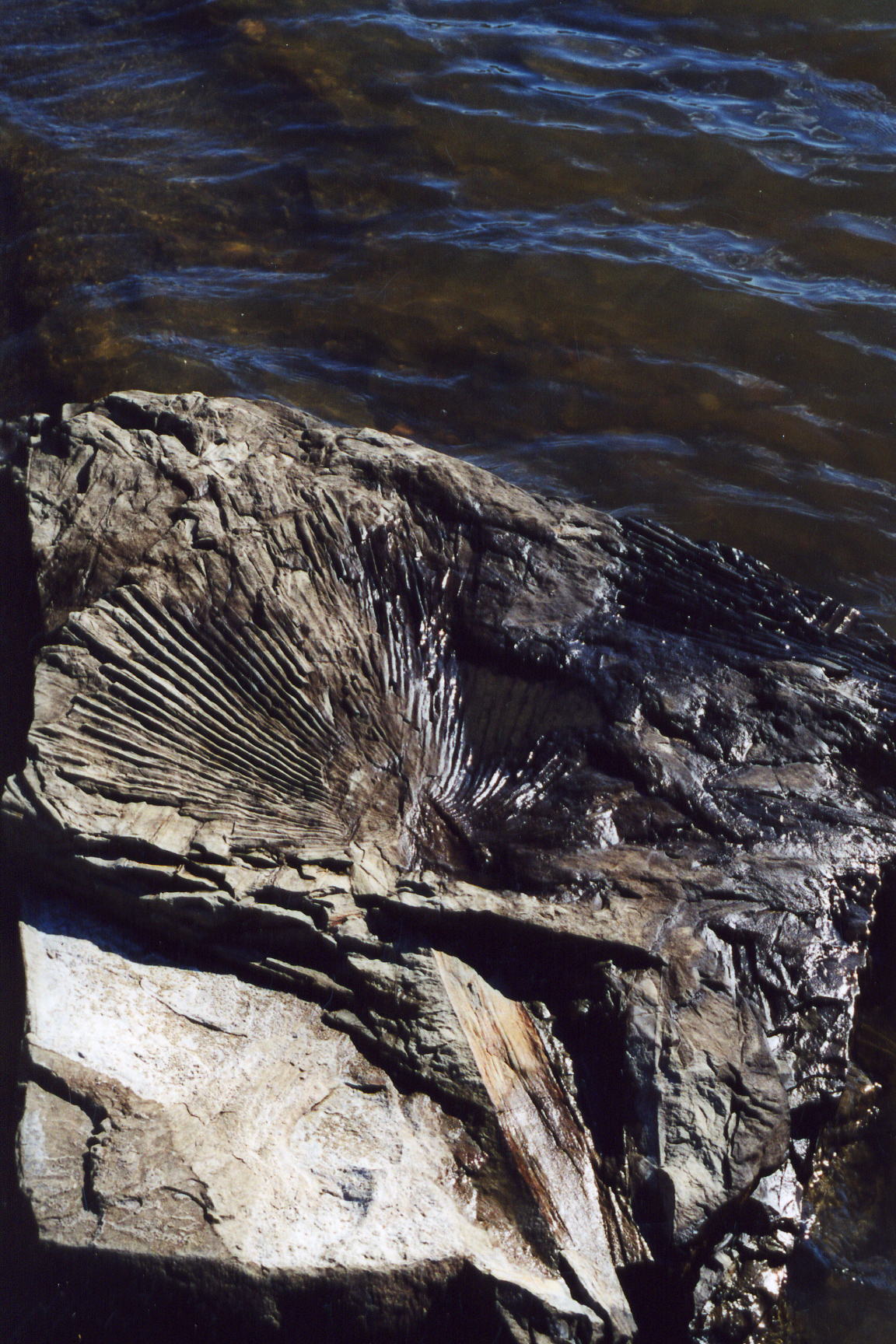 The Yampa River supports a rich agricultural heritage that shapes the unique character of this area. It also represents an important opportunity to find ways to perpetuate a working landscape compatible with the conservation of a nationally significant river system.
The Yampa River supports a rich agricultural heritage that shapes the unique character of this area. It also represents an important opportunity to find ways to perpetuate a working landscape compatible with the conservation of a nationally significant river system.
Wildlife
The Yampa River is one of the most hydrologically and biologically intact rivers in the West, supporting a diversity of native aquatic communities (including four federally listed fish species -- Colorado pikeminnow, humpback chub, bonytail chub and razorback sucker -- as well as candidate species such as the Colorado River cutthroat trout) and significant reaches of globally rare riparian plant communities. Sandhill cranes stage on the Yampa River during migratory travel and to care for their young until they are ready to fly. Blue Heron rookeries co-exist with nesting bald eagles and a variety of other avian species. This area of Northwest Colorado is known for abundant big game species: Elk, deer and antelope can be found throughout the year.
Plants
The Yampa River is one of the last relatively intact river systems in the west and contains globally rare plant communities. While riparian areas occupy less than 3 percent of the western landscape, they provide habitat for 80 percent of the region’s wildlife. Mature Cottonwoods line the river corridor and provide the base for other riparian plant species.
Geology
 The Yampa River is located in the Wyoming Basin Physiographic Province of the Rocky Mountains. The river basin is defined by four major structural features, the Washakie Basin, the Park Range, the Unita Mountains and the White River Plateau. The headwaters of the Yampa River begin in the area know as the Flat Tops and pass through a variety of unique features such as volcanic dikes , exposed Precambrian through Quaternary rocks; flowing into the wide alluvial valley where agricultural lands and riparian habitat co-exist.
The Yampa River is located in the Wyoming Basin Physiographic Province of the Rocky Mountains. The river basin is defined by four major structural features, the Washakie Basin, the Park Range, the Unita Mountains and the White River Plateau. The headwaters of the Yampa River begin in the area know as the Flat Tops and pass through a variety of unique features such as volcanic dikes , exposed Precambrian through Quaternary rocks; flowing into the wide alluvial valley where agricultural lands and riparian habitat co-exist.

